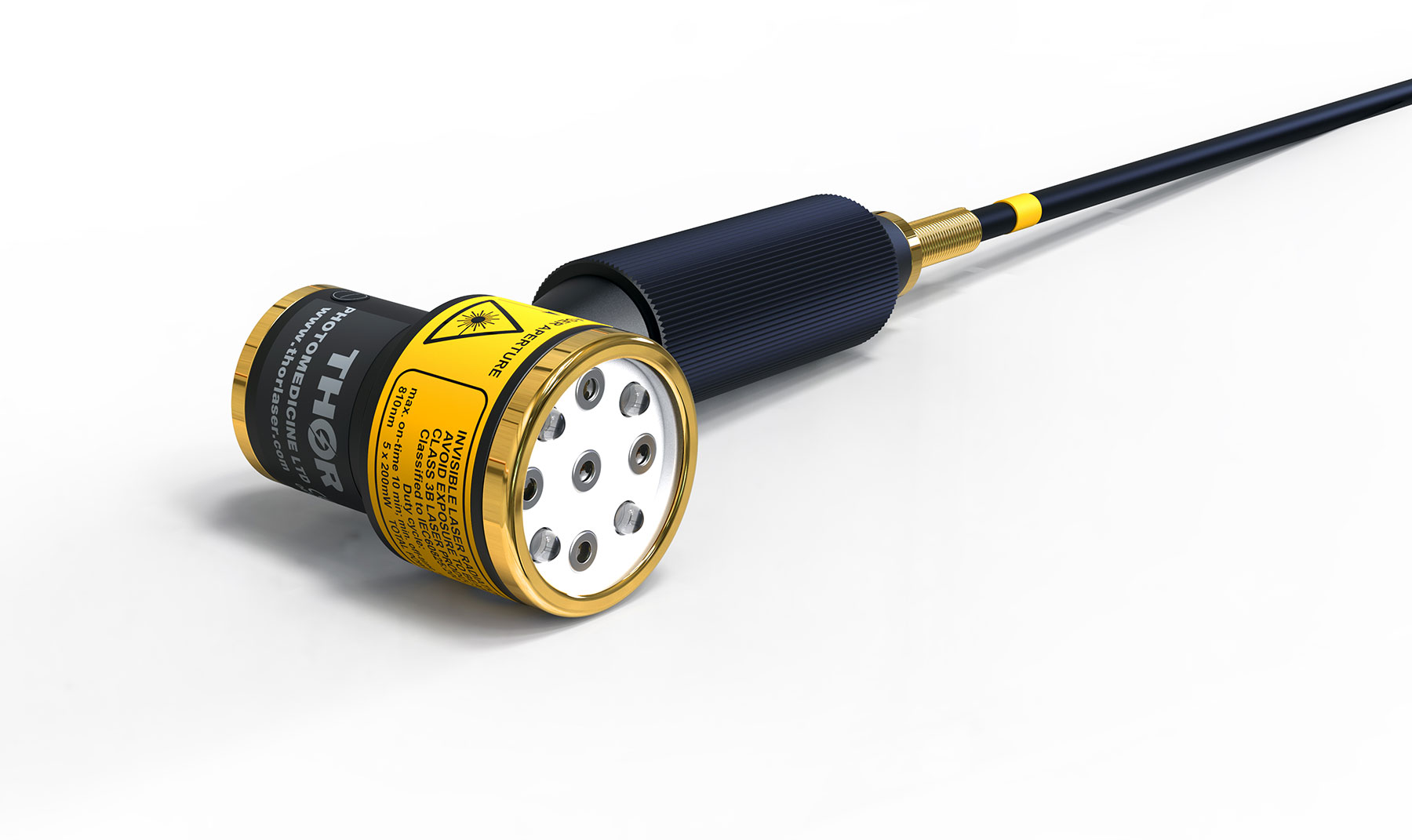What Is the Diameter of a Laser Beam?
by 24/05/2023Lasers emit electromagnetic radiation (EMR). These light waves are created when electrons in an atom leap from one level of energy to the next. The “ground state” of an atom is its lowest energy level. Depending on the energy level the beam could be either narrow or broad. This is the kind of beam that lasers create. They are powerful and are used for welding and surgical procedures. Certain kinds of lasers can be classified as “highly collimated” and used for these purposes.
The beam diameter measures the beam’s width. This measurement is typically made at the end of the laser housing. There are many ways to define the dimensions of a Gaussian beam. It’s the distance between two locations in an intensity distribution of 1 / 2 which is 0.135 times the highest intensity value. An elliptical, or curly laser has a smaller beam diameter.
The diameter of a laser beam is measured on the exit side of a housing laser. You can define it in various ways. The most common definition of the diameter refers to the distance between the two edges of the marginal distribution whose intensities are 1/e2 = 0.135 of its highest intensity value. The diameter of a curved or irregular laser beam is much smaller than the width of a radial or cylindrical laser, but a solid state laser is still a solid-state device.
In order to create the laser beam, a high-power laser emits a powerful light beam. Laser light is monochromatic, coherent and directed. Contrary to conventional sources of light that spread and diverge in the beam, laser light is uniform in wavelength. The intensity of the output beam decreases as the observer gets away. Despite the low-power nature of beams, they can still be used in a variety of applications.
At the housing’s exit, the diameter of a laser beam can be measured. Different wavelengths can have different intensity limits. There are a variety of ways to determine the wavelength of the laser. Particularly, the wavelength can be determined by the peak power. A laser that has a broad band-diameter can be very powerful. Its output power is couple of orders of magnitude lower than the power it consumes.
The size of a beam can be described in many ways. Generally, the diameter of lasers is the distance between two points in an Gaussian distribution. The distance between these two points is called the diameter of the beam. The beam’s diffraction speed is the distance between these two points that is the shortest. It is, therefore, only a fraction of the target’s diameter.
The wavelength of lasers is the diameter of the laser’s beam. The width is defined as the diameter of the beam. The wavelength of a laser is the measurement of the spot it is located in. The pinhole is situated in the middle, and sanwu striker it selects the highest point of the spatial intensity pattern. The size of the pinhole is determined by the wavelength of the laser, focusing focal length and the diameter of the beam input. The pinhole’s shape must be Gaussian.
A medium of excitation is used to activate the laser’s laser material when it is focused. The laser cavity emits light which is reflected back on the surface. A mirror at each end amplifies the energy. The resulting beam is highly flexible and can be used for hundreds of applications. You can also modify the intensity of the laser beam to increase its strength or make it less risky. The center of a circle is the best pinhole size.
It is crucial to determine the wavelength of a beam of lasers for its characterisation. A laser’s wavelength is an indication of the amount of energy it’s able to release. A diffraction-limited beam will have a narrow spectral range, while a non-diffraction-limited one will have a wide bandwidth. A diffraction-limited beam has an diffraction-limited beam.
FDA recognizes four types of lasers as hazardous. The higher the class, the more powerful the laser. If they are used improperly they can be hazardous. The FDA has a requirement that products have a warning label that states the class and strength of the product. Lasers that have too much power can cause an accident or explosion. The flashlight produces white light but the laser with diffraction limitation produces monochromatic light.


